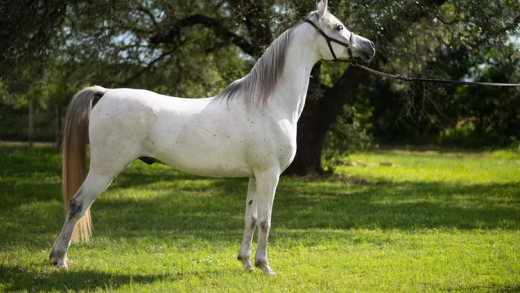How to train your Exotic Pet small mammals like rabbits, guinea pigs, ferrets and hamsters may be both fun and good for their health. These animals are intelligent and can learn a variety of tricks and behaviors via patience and positive reinforcement. Here are some thorough guidelines for successfully teaching your tiny mammal.

Table of Contents
Train Your Exotic Pets
Understanding Your Exotic Pet (Small Mammals)
Each type of tiny mammal has distinct characteristics and behaviors. Understanding them is critical before starting any training. For example rabbits are gregarious and can be litter trained but ferrets are lively and may learn to respond to their names. Guinea pigs while less engaged may nonetheless learn basic commands and tricks.

Developing trust and bonding
The foundation of effective training is a solid bond between you and your little mammal. Spending quality time with your pet outside of training sessions helps to create trust and comfort.
Steps to Building Trust
- Frequent Interaction: Spend time near your Exotic Pet’s enclosure and communicate with them softly. Allow them to become acclimated to your presence.
- Gentle Handling: Handle your pet softly and consistently. Begin with brief sessions gradually increasing the duration as they get more comfortable.
- Be patient: Allow your pet to approach you on their own terms. Avoid rapid movements or loud noises that may startle them.
Positive Reinforcement
Positive reinforcement is the most efficient way to train tiny mammals. This entails rewarding your pet for exhibiting the desired behavior. Treats, petting, and additional playtime are all possible rewards.
Steps to Positive Reinforcement
- Identify the Reward: Determine what your Exotic Pet enjoys. This could be a particular sort of food, a favorite toy or soft petting.
- Consistency: Be consistent with your reward. When your Exotic Pet exhibits the desired behavior immediately deliver the incentive.
- Timing: The reward should be delivered promptly following the desired behavior in order to reinforce the link between the activity and the reward.
Basic Commands and Tricks
Begin with simple commands and move to more complicated tricks. Here are some basic commands to start with:

- Litter Training (for Rabbits and Ferrets): Add a litter box to your pet’s enclosure. If you observe your Exotic Pet using a certain corner move the litter box there. Praise and reward them for using the litter box correctly.
- Come When Called: Use a verbal cue such as their name or a distinctive sound (for example a whistle). Call them and reward them if they come to you. Repeat this process until they link the cue with coming to you.
- Target Training: Set a stick or your hand as your target. Keep it near your Exotic Pet and treat them if they touch it. Gradually increase the distance and direct them towards the destination.
- Sit or Stand: Hold a treat over your pet’s head and gently move it back to encourage them to sit or stand on their hind legs. Reward them when they complete the action.
Dealing With Behavioral Issues
Small mammals may engage in unwanted activities such as biting, gnawing or aggressiveness. Handle these challenges with tolerance and positive reinforcement.
- Biting might indicate anxiety or pain. Handle your pet gently to prevent shocking them. If they bite simply place them down and give them room. Reward gentle behavior.
- Chewing: Give your pet plenty of chew toys and safe objects to munch on. This can help them satisfy their natural chewing need while preventing them from destroying furniture or other belongings.
- Aggression: Aggression might be motivated by fear, territorial behavior or suffering. Ensure that your pet’s habitat is secure and comfortable. Handle them carefully and consult a veterinarian if the aggressiveness continues.
Environmental Enrichment
A stimulating environment is essential for your little mammal’s mental and physical health. To keep them busy provide a variety of toys, tunnels and hiding locations.

- Toys and Chews: Provide a range of toys and chew items that reflect your pet’s natural habits such as tunnels climbing platforms and chew toys.
- Foraging Activities: Hide treats throughout your pet’s area to promote foraging. This gives mental stimulation while also mimicking natural actions.
- Social Interaction: If your pet is social consider obtaining a friend from the same species. To avoid fights make sure they are appropriately introduced and monitored.
Patience & Persistence
Training small mammals takes time, patience and consistency. Progress may be slow but it is crucial to recognize tiny victories. Never force your pet to do a behavior this might cause stress and regression.
Conclusion
Training a small Exotic Pet animal is a wonderful experience that improves their quality of life while strengthening your bond. You may teach your little mammal a number of commands and tricks by instilling trust, providing positive reinforcement, and creating a stimulating environment. Remember that the goal is not only to train, but to improve your pet’s life and keep them happy and healthy. Enjoy the process and appreciate the special bond you form with your animal buddy.
People also read about: How to Introduce a New Pet to Your Home: Tips for a Smooth Transition (Cat)
















